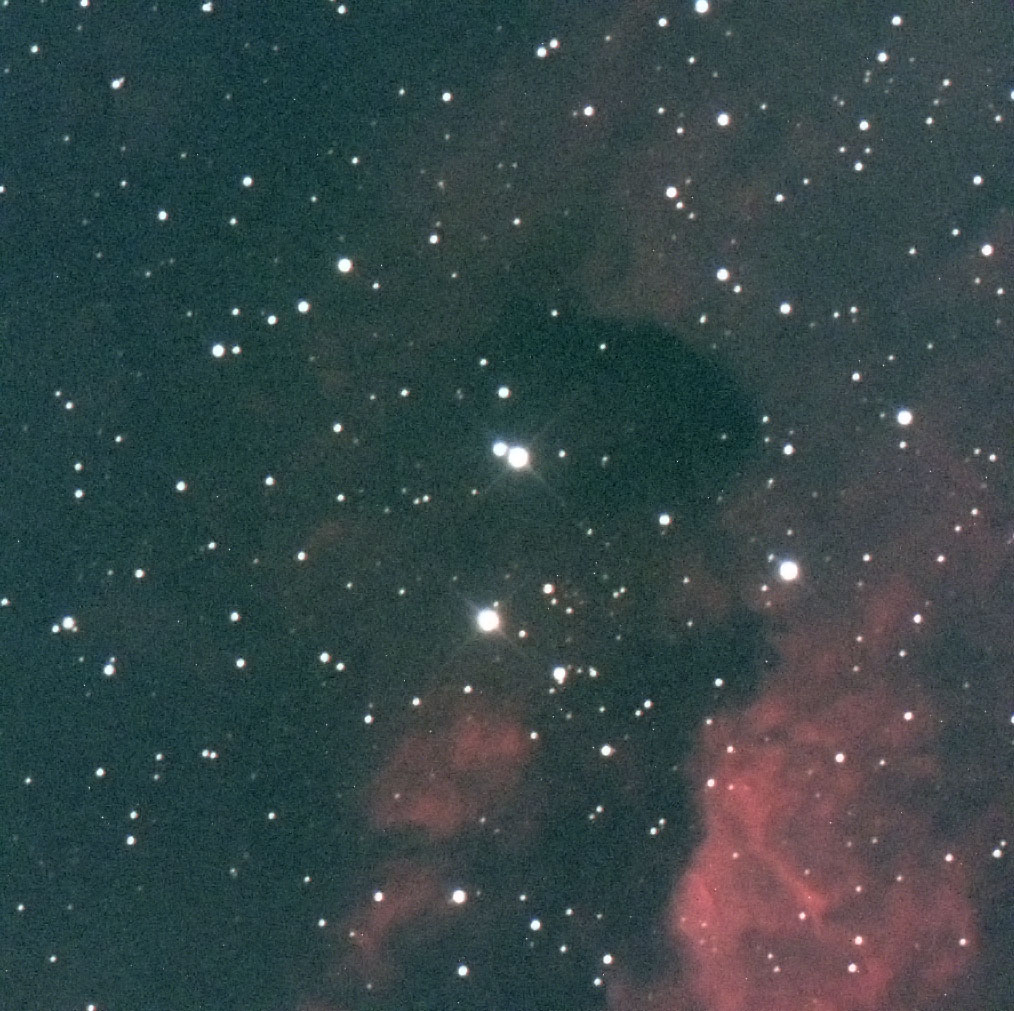This is a photo of part of the emission nebula NGC 6334, also called the Cat’s Paw Nebula. NGC 6334 is a huge star-forming region located ~5500 light-years from Earth. This came off the PROMPT 5 telescope in Chile just before 3:00 AM yesterday. Ten 40-second exposures in each of LRGB filters. I poked the brightness/contrast and the noise level in Photoshop.
Trifid Nebula
The Trifid Nebula, a star-forming region in the Milky Way located around ~4100 light-years away from Earth. This was taken by the PROMPT 5 telescope at CTIO in Chile the other night. Ten 20-second exposures in each of LRGB, combined in Photoshop. I’m ridiculously happy with how this one turned out.
Dumbbell Nebula
Messier 27, also known as the Dumbbell Nebula, is a planetary nebula located over 1,000 light-years away in the constellation of Vulpecula. Planetary nebulae get their name from their resemblance to a planet when viewed through a small telescope. In reality, the nebula’s creation has nothing to do with planets — the nebula consists of the outer layers blown off from an aging star as it expels its atmosphere when transitioning from a giant star to a compact white dwarf. The progenitor star is now a white dwarf located in the center of the nebula.
The image consists of ten 15-second exposures in L, R, B filters and nine in G (something bumped the telescope during the tenth exposure), which I took using the PROMPT telescope array at Cerro-Tololo Inter-American Observatory in Chile and combined in Adobe Photoshop CC.
Eagle Nebula
The Eagle Nebula (Messier 16, NGC 6611) is a star-forming region located approximately 7,000 light-years away from Earth in the constellation of Serpens. The dark structures in the image are stellar nurseries, collapsing clouds of gas and dust that are condensing to become new stars.
I took this image using the PROMPT telescope array at the Cerro-Tololo Inter-American Observatory in Chile. Three 30-second exposures in each of LRGB filters, combined in Adobe Photoshop CC.




